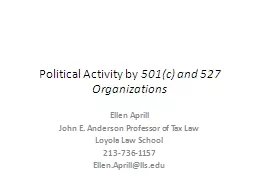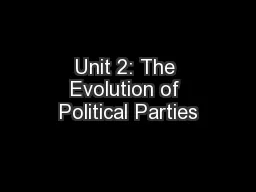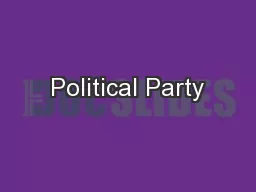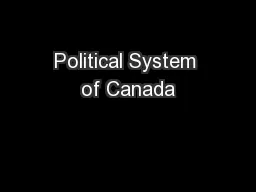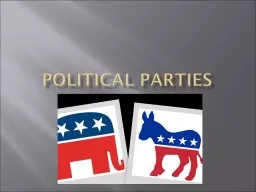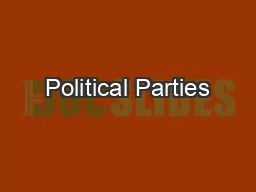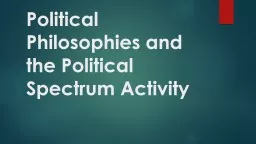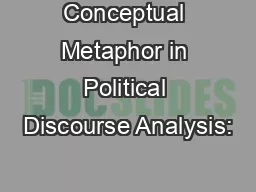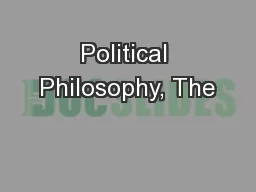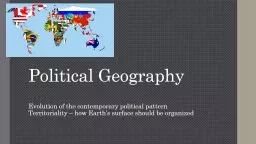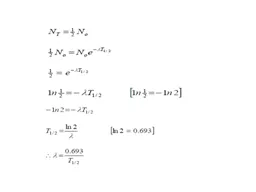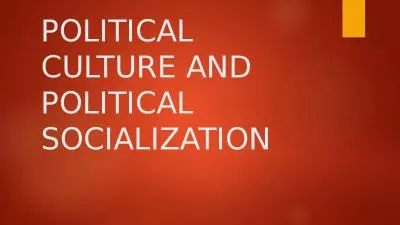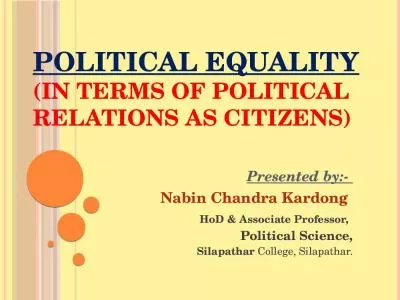PPT-Political Activity by
Author : calandra-battersby | Published Date : 2016-04-02
501c and 527 Organizations Ellen Aprill John E Anderson Professor of Tax Law Loyola Law School 2137361157 EllenAprillllsedu Some key terms and concepts Lobbying
Presentation Embed Code
Download Presentation
Download Presentation The PPT/PDF document "Political Activity by" is the property of its rightful owner. Permission is granted to download and print the materials on this website for personal, non-commercial use only, and to display it on your personal computer provided you do not modify the materials and that you retain all copyright notices contained in the materials. By downloading content from our website, you accept the terms of this agreement.
Political Activity by: Transcript
Download Rules Of Document
"Political Activity by"The content belongs to its owner. You may download and print it for personal use, without modification, and keep all copyright notices. By downloading, you agree to these terms.
Related Documents

